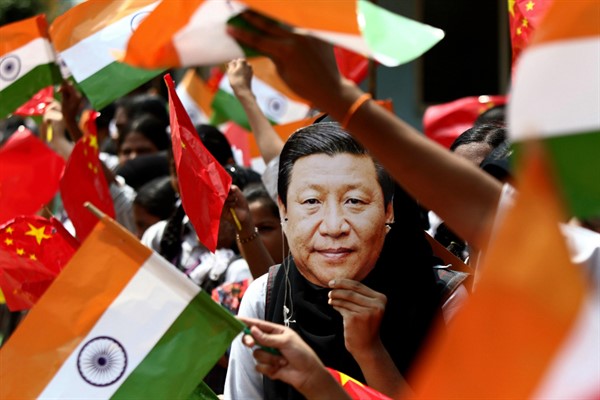The architects of India’s foreign policy have long preferred a multipolar world. They believe that India, with its limited economic and military capabilities, can play a prominent role on the global stage only when it is not dominated by one or two superpowers. That view led New Delhi to champion the Non-Aligned Movement during the Cold War, and a preference for multipolarity endured in Indian foreign policy thinking after the fall of the Soviet Union. Even while India in the 21st century drew closer to the sole remaining superpower, the United States, its leaders spoke of strategic autonomy, which some analysts have described as “non-alignment 2.0.”
But will this strategy be sufficient for India in a global order that is likely to be dominated by competition between the United States and China? This situation is, after all, markedly different from the Cold War, when neither of the two competing superpowers were in geographic proximity to India. China is not only a neighbor of India’s; it is also a regional rival that is engaged in territorial disputes with New Delhi. For Indian policymakers, Beijing poses a direct threat in a way the U.S. and the Soviet Union did not.
Moreover, China in recent years has sought to expand its influence in South Asia and the Indian Ocean region, challenging India in its own backyard and competing for the same spheres of influence. India could be non-aligned in the U.S.-Soviet rivalry, but it cannot afford to do so in the competition between the U.S. and China. And given India’s size and increasing economic heft, its strategic positioning will have a profound impact on any global attempt to counter China’s rise.

